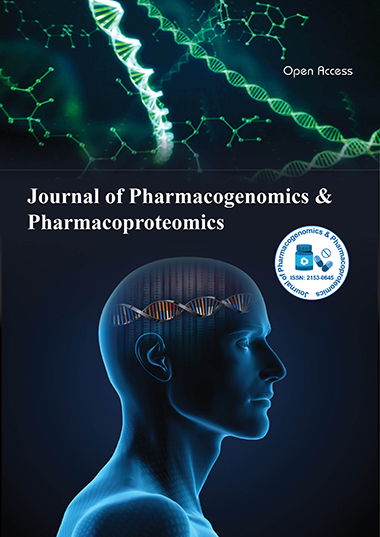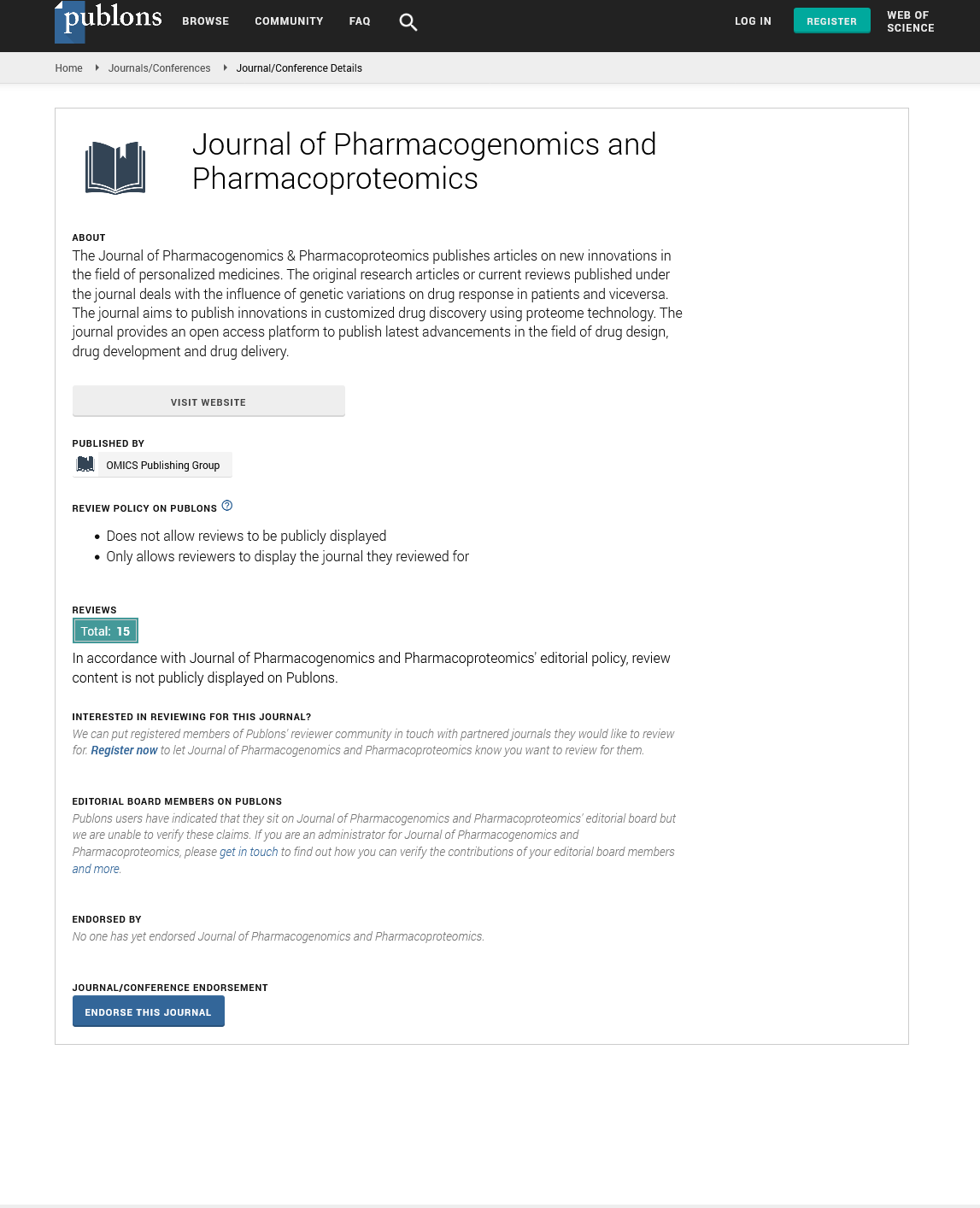Indexed In
- Open J Gate
- Genamics JournalSeek
- Academic Keys
- JournalTOCs
- ResearchBible
- Electronic Journals Library
- RefSeek
- Hamdard University
- EBSCO A-Z
- OCLC- WorldCat
- Proquest Summons
- SWB online catalog
- Virtual Library of Biology (vifabio)
- Publons
- MIAR
- Euro Pub
- Google Scholar
Useful Links
Share This Page
Journal Flyer

Open Access Journals
- Agri and Aquaculture
- Biochemistry
- Bioinformatics & Systems Biology
- Business & Management
- Chemistry
- Clinical Sciences
- Engineering
- Food & Nutrition
- General Science
- Genetics & Molecular Biology
- Immunology & Microbiology
- Medical Sciences
- Neuroscience & Psychology
- Nursing & Health Care
- Pharmaceutical Sciences
Colorectal carcinoma in Iran: a universal strategy for immunohistochemical screening of Lynch syndrome
JOINT EVENT ON 6th European Conference on Predictive, Preventive and Personalized Medicine & Molecular Diagnostics & 2nd World Congress on Human Genetics
September 14-15, 2017 | Edinburgh, Scotland
Ladan Goshayeshi, Alireza Khooiee1, Kamran Ghaffarzadegan, Mahla Rahmani Khorram, Faraz Bishesari, Binyamin Hoseini, Abbas Esmaeielzadeh, Hooman Mosannen Mozaffari, Omid Ghanayee, S Lari, Ali Bahari, Abolghasem Allahyari, Alireza Bari, Azita Ganji, Lena Goshayeshi, Farnood Rajabzadeh and Kambiz Akha
Mahshad University of Medical Sciences, Iran
Razavi Hospital, Iran
Rush University Medical Center, USA
Mashhad Pathobiology Lab, Iran
Islamic Azad University of Mashhad, Iran
Ferdowsi University of Mashhad, Iran
Posters & Accepted Abstracts: J Pharmacogenomics Pharmacoproteomics
Abstract:
Introduction: A genetically inherited autosomal disorder that increases the risk of many types of cancer, especially colorectal cancer (CRC), is Lynch Syndrome (LS). Identification of these subjects improves morbidity and mortality. We aimed to assess the prevalence of LS and familial colorectal cancer type x (FCCTX) syndrome with both clinical criteria and universal strategy in Mashhad, Iran. Methods: It is a retrospective study in which we screened 322 patients with CRC between 2013 and 2016 in Mashhad, Iran. CRCs were screened based on Amsterdam II criteria, revised Bethesda guideline, and universal strategy. Information regarding the clinical criteria was obtained by interviewing the patients or, their families. Tumors were screened by pathologists with IHC staining of four Mismatch repair (MMR) proteins (MLH1, MSH2, MSH6, and PMS2). And tumors with absent IHC staining of MLH1 were tested for BRAF mutations to exclude sporadic CRCs. Results: Of 322 CRCs, 33 cases were detected to be deficient-MMR, 22 of these had concurrent loss of MLH1 and PMS2, followed by concurrent loss of MSH2 and MSH6 in 8 CRCs. 22 cases with a loss of MLH1 underwent testing for the BRAF mutation, 4 of which were recognized as a positive BRAF mutation. Finally, 29 CRCs were detected as being positive screen for LS. A poor sensitivity (21.74%) reported for the Amsterdam II criteria and a poor positive predictive value (15.39%) for the revised Bethesda. And 4 cases detected to be FCCTX. Conclusion: LS and FCCTX were common in Iran, application of clinical criteria may not be effective enough to identify LS and at least 2-antibody panel (PMS2, MSH6) should be conducted for newly diagnosed CRCs. Further studies are necessary in FCCTX and early-onset CRCs in Iran.

